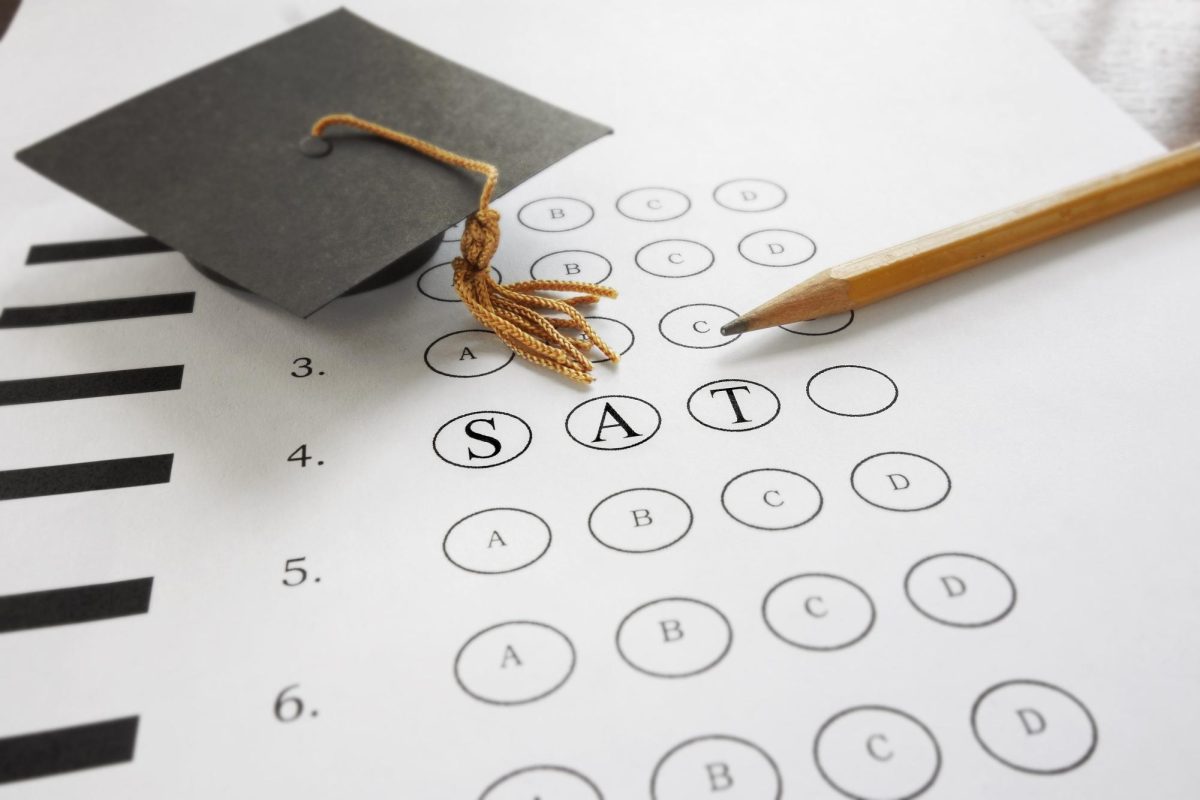Phone Policy
October 22, 2022
There is no denying that cell phones have become a very important part of people’s everyday lives. Almost every household across the United States has a cell phone, and the majority of high school students are cell phone users. The use of cell phones in education has been widely debated for many years. There are countless reports in favor of and against the idea of banning cell phones in public schools.
Communication is very important in a student’s life; preventing them from having it can cause major mental health issues. A 2016 CNN/Common Sense Media poll found that “50 percent of teens are addicted to their cell phones, unable to function without it.” When a student is struggling with mental illness and addiction, it affects how they perform in school. Cell phones allow students to stay connected to their community of family and friends, provide a safety tool in case of emergency, and keep up to date on what is happening in our ever-changing world.
Putting a stop to students using their cell phones in class does not mean students will not use them. If anything, it will make students rebellious, and they will find sneaky ways of using them without being caught by their teachers. Instead of the teachers focusing on teaching them, they will spend most of their time on high alert to see who is using them without permission. This can bring unnecessary stress to the teachers, and the solution is simple. It is far better for the cell phone to be visible where teachers can see them rather than for students to use them under the desk or in their pockets.












